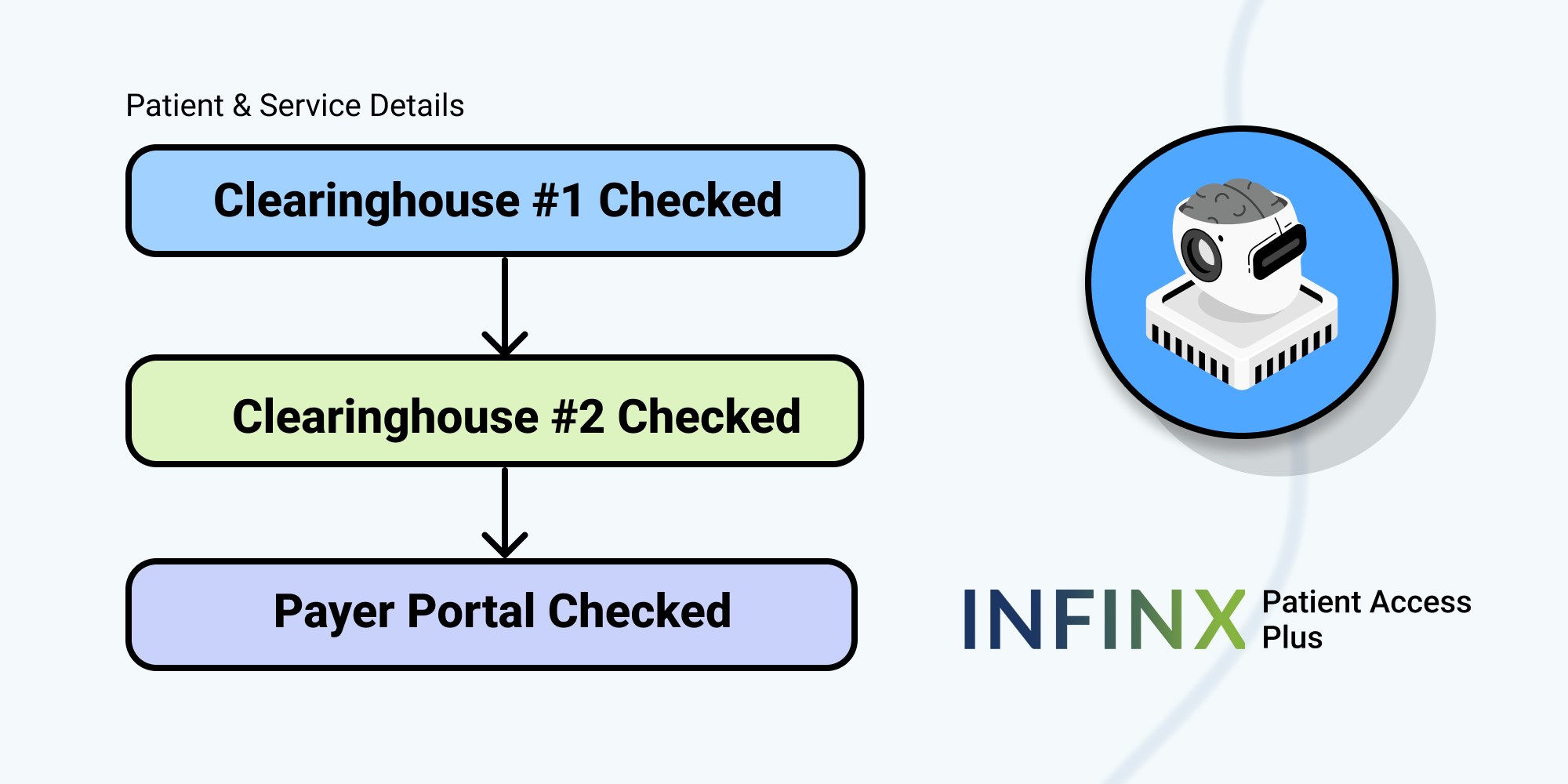A little over a year ago, we first discussed the Centers for Medicare and Medicaid Services landmark transition to MACRA (the Medicare Access and CHIP Reauthorization Act), and its subsequent effects on Medicare reimbursement rates for HCPCS codes. In this blog, we review our findings from last year and examine how new scoring changes benefit radiologists today.
Medicare metrics and the merit-based incentive payment system
We initially focused on a cornerstone of MACRA, the Merit-based Incentive Payment System (MIPS), which consolidated elements of previous Medicare metrics, including Meaningful Use (MU), the Physician Quality Reporting System (PQRS) and the Value-Based Modifier (VBM) with a single 100-point scale encompassing four basic categories:
- Quality—Clinicians’ choices of six measurements most reflective of their specialty or practice (50 percent of the total score for CY 2019).
- Advancing Care Information (ACI)—Successful implementation and interoperability of modern EHR technology for patient information exchange (25 percent).
- Resource Use—Specialty-specific CMS metrics of “availability of sufficient volume,” including per-patient spending and total cost of care among a practice’s Medicare beneficiaries (10 percent).
- Clinical Practice Improvement Activities (CPIA)—Providers choose among weighted categories demonstrating improved quality of care over the course of a 90-day window (15 percent).
CMS implemented the merit-based incentive payment system (MIPS) gradually over the past year.
Starting in 2019, providers will see increases—or incur reductions—in their Medicare reimbursement rates for HCPCS codes, depending on where their overall scores rank among MIPS baselines.
Radiology reporting services and CMS changes
CMS estimates that 75 percent of MIPS participants will be patient-facing clinicians—their direct patient care evaluated by the above. At the advent of MACRA, non-patient-facing providers—diagnostic radiologists, in particular—expressed concerns that these new metrics weren’t exactly a “level playing field” for day-to-day operations within their specialties, and could affect radiology reporting services.
Thanks to input from the American College of Radiology and the Society of Interventional Radiologists (SIR), CMS has already included provisions of the MIPS scoring formula to reasonably accommodate the overall scoring formula for non-patient facing radiologists. As a result, the reportable Resource Use metric (above) will be reduced from 10 percent to zero for the current year, compensated by an added 10 percent to the Quality category (now 60 percent of the total score). As the multi-year rollout of MIPS continues, CMS expects to continue reweighting the evaluation metrics for radiology and other specialties.
Multi-radiologist practices are stronger in tandem
As the radiology community adapts to the new MACRA/MIPS paradigm, one recommended strategy for avoiding Medicare penalties is for multi-clinician radiology practices to consolidate their MIPS data as a single group. For example, a 20-radiologist practice could report five qualifying mammography-specific quality measures, even if only four of those providers regularly conducted mammography activities. This group option also benefits practices split among patient-facing and non-patient-facing radiologists, extending generous MIPS benefits among the entire team.
Are you ahead or behind the MACRA curve in 2018?
As MACRA/MIPS makes tabulating clinical performance metrics even more critical, we’ve noticed many radiology groups—particularly those who’ve entrusted their RCM to other vendors—are still mostly unprepared to optimize their reportable Medicare data. Given the changes CMS has made that actually benefit radiology practices, it’s high time to consider improving your radiology reporting services. Here is a clear example of how the technical component and professional component of radiology intertwine. At Infinx, we deliver actionable radiology-centric analytics that empowers our customers to maximize critical Medicare reimbursements—and avoid coming penalties—to achieve maximum overall profitability.



